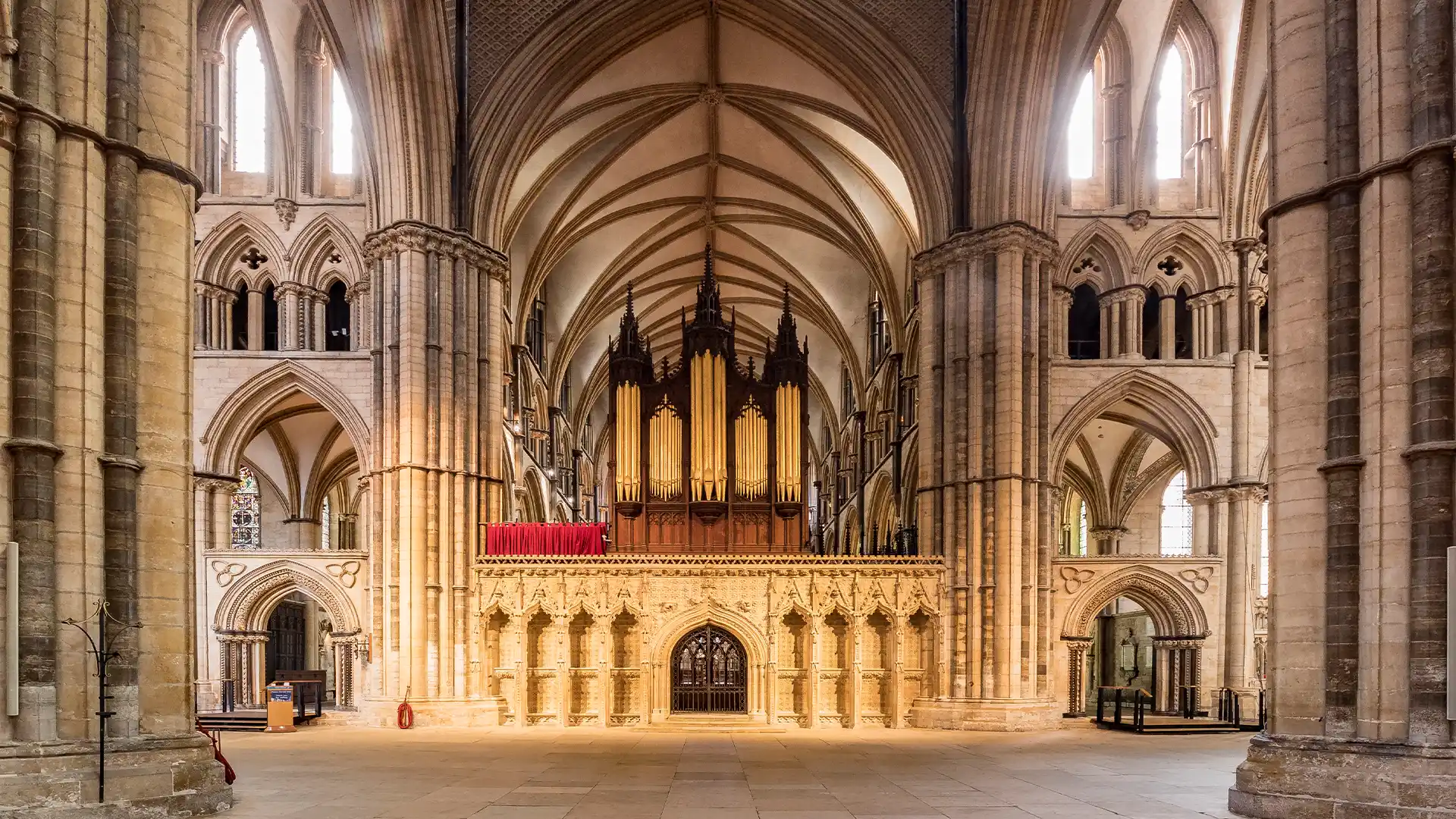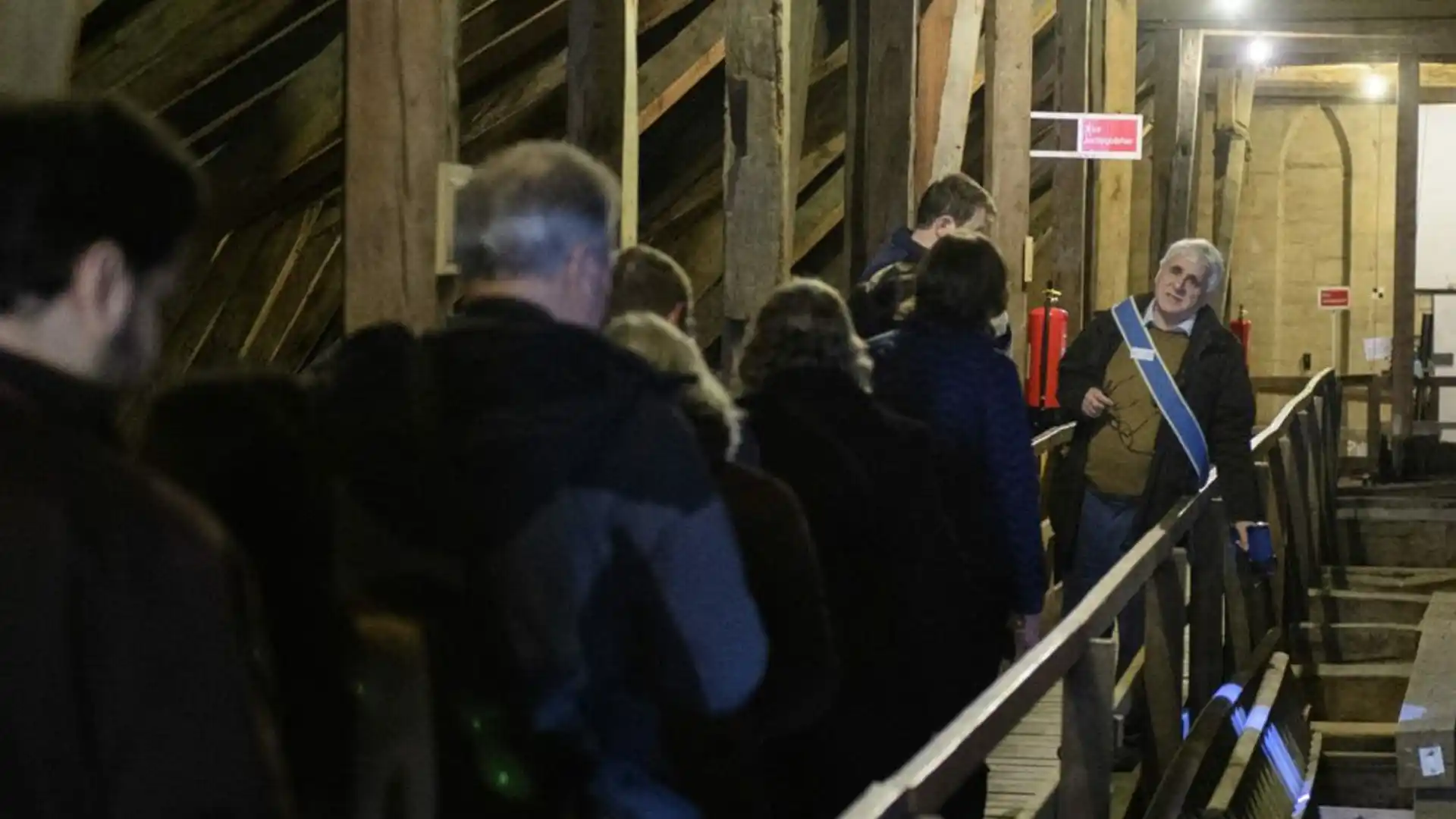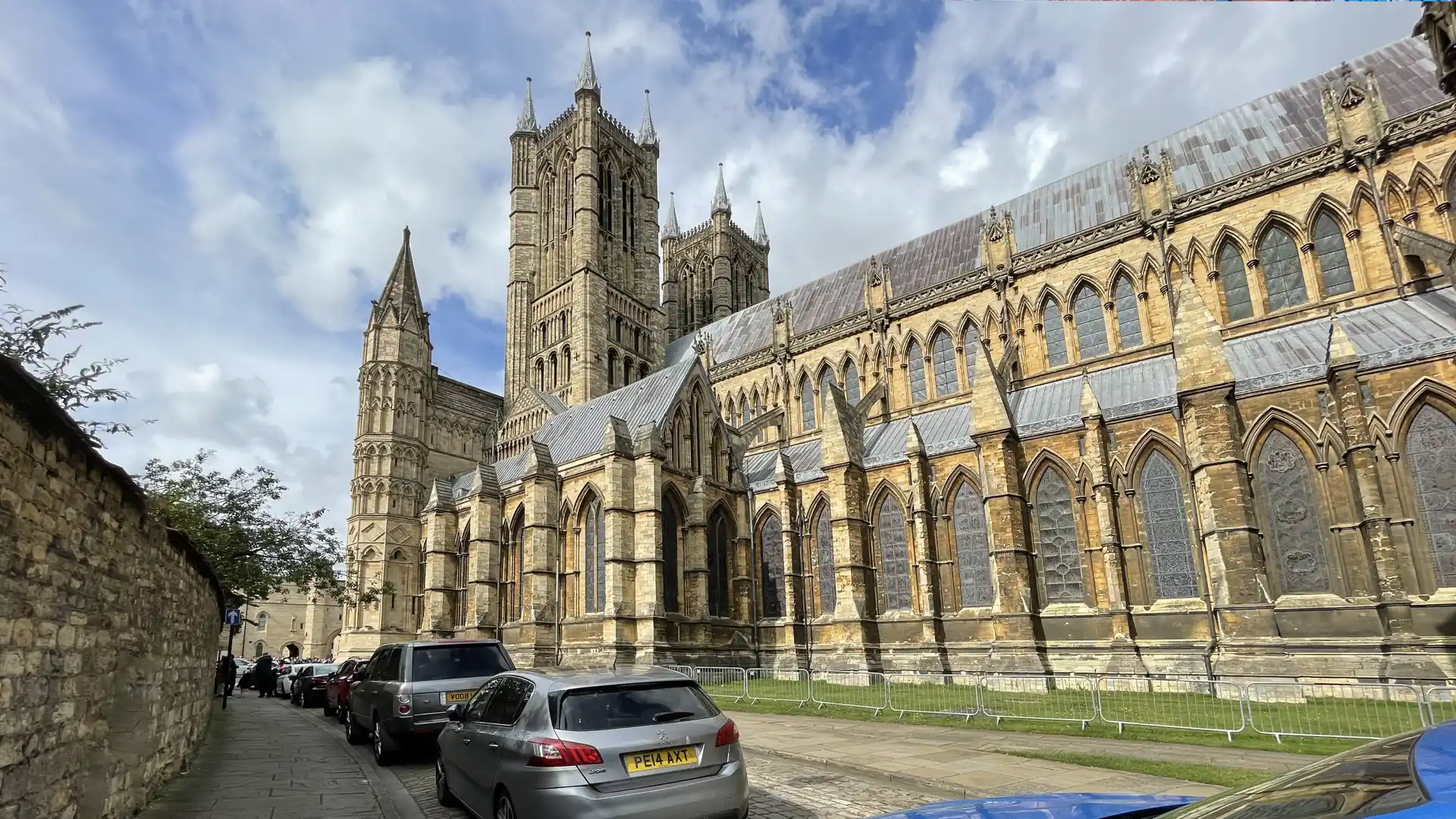Modern Aviation in Lincolnshire
Lincolnshire has a long and rich history in aviation, as well as a lengthy association with the Royal Air Force as a result, which continues to this day. It has the honor of selecting all officers and crew and of performing the initial training of all officers at the Royal Air Force College, Cranwell. RAF Cranwell also houses the Headquarters of the University Air Squadrons and of the Air Cadets.
Aside from this, Lincolnshire is also the location of the Royal Air Force Central Flying School and the Royal Air Force Acrobatic Team “The Red Arrows”, as well as the Battle of Britain Memorial Flight.
Today, Lincolnshire is the home of the most active air force bases in the United Kingdom.
RAF Waddington
With a history spanning over 90 years in military aviation, RAF Waddington was first opened in November of 1916 as a flying training base. It taught several hundreds of pilots, including many who belonged in the US Army, until 1920 when it was put into care and maintenance.
It was reopened and expanded as a bomber base on the 12th of March 1937, and was home to squadrons that flew the Bristol Blenheim which were succeeded by Handley Page Hampdens. Squadron numbers 44 and 50 from Waddington were in action on Day 1 of World War II as they attempted to bomb the German Navy at Keil, as well as during the Battle of Britain.
It was the first station to have received the heavy bomber known as Avro Manchester, and later, the 44 Sqn was the first to fly operationally with the vastly superior Avro Lancasters, in December 1941.
The station was again put into care and maintenance in 1953 in preparation for the V-bomber force. It reopened in June 1955. RAF Waddington became an Avro Vulcan V-bomber base during the Cold War and continued to serve this function until the last Vulcan squadron, No. 50, disbanded in 1984.
Today, RAF Waddington is home to the RAF’s Sentry and Raytheon Sentinel R1 ASTOR or Airborne STand-Off Radar ground surveillance/intelligence craft and the No. 34 Expeditionary Air Wing.
The first Waddington International Air Show was staged at RAF Waddington in 1995, and has since been developed into the largest Royal Air Force air shows, regularly taking place on the first weekend in July.
RAF Coningsby
Coningsby was still under construction at the outbreak of World War II, and only became a Royal Air Force Station in November 4, 1940, as a bomber airfield. No. 106 was the first squadron that arrived in February 1941, followed by No. 97 Squadron. The station’s main tasks at that time were bombing and mining operations, with aircraft from Coningsby joining in the “Thousand Bomber” raid on Cologne in May 1942.
It became the home of “The Dambusters”, the world famous No. 617 Squadron from August 1943 to January 1944. The Squadron’s mess is now the popular Petwood Hotel at Woodhall Spa.
RAF Coningsby operated Lincolns for a brief period post-war, until these were replaced by Mosquitos in 1946. When these left in March 1950, the station was inactive for 6 months, until Washington aircraft were brought in. The Canberra, the first jet aircraft, was received by the station in 1953. Expansions were started in 1954 together with the extension of the runway and the work was not completed until 1956. 3 squadrons of Vulcans were based at Coningsby from 1962 to 1964, at which time the Station was chosen as the prospective base for the ill-fated TSR2. Following the project’s cancellation, RAF Coningsby was placed under care and maintenance.
The base was the first to receive the Phantoms, the Tornado ADV and the Eurofighter Typhoon. Today, it is the home of the Battle of Britain Memorial Flight (BBMF) and its Visitor Centre, which operate one of two remaining airworthy Avro Lancaster bombers, as well as 5 Spitfires, 2 Hurricanes, one Dakota and 2 Chipmunks.
RAF Scampton
Originally formed as a Home Defence Flight Station named Brattleby Cliff in November 1916, RAF Scampton has remained in almost uninterrupted operation ever since. It has provided a base for fighters in World War I, for bombers in World War II and V-force Avro Vulcans during the Cold War. The station was returned to the farming community in the 1920s, but then reopened in 1936 as a No. 3 Group RAF station.
When World War II broke out, Scampton was transferred to No. 5 Group RAF in Bomber Command. During this time, Squadrons No. 49 and 83 used Handley Page Hampdens for low level minelaying and bombing of ships. In March 1943, No. 617 was established for the Dambusters mission codenamded “Operation Chastise”. Wing Commander Guy Gibson led the attack on the dams in the Ruhr Valley and was awarded the Victoria Cross for his efforts. All squadrons moved away in 1944 to make way for the first upgrade of the base’s runways. All in all, Scampton lost 266 aircraft during the Second World War.
RAF Scampton was home to the Vulcan bomber during the Cold War eras of the 1950s and 1960s. The runway was extended to 10,000 feet in 1956, which forced the rerouting of the A15.
In 1983, the base became the host of the Royal Air Force Aerobic Team known as the “Red Arrows”; however, Scampton was placed on care and maintenance in the 1990s. The Red Arrows returned to Scampton in 2000, and while the station was due to close in 2014, the Ministry of Defence confirmed in June of 2012 that the Red Arrows were to remain there at least until the end of the decade.
RAF Cranwell
The Royal Naval Air Service, Training Establishment, Cranwell was founded on April 1, 1916 and became RAF Cranwell when this was established as an independent service in 1918. Lieutenant Colonel Thomas Edward Lawrence, also known as T.E. Lawrence, or perhaps more popularly known as Lawrence of Arabia, was stationed in Cranwell just after the war, where he wrote a revised version of his “Seven Pillars of Wisdom”.
Sir Frank Whittle formulated many of his ideas of the jet engine while attending RAF Cranwell in the late 1920s. The first flight of the Gloster E.28/39 took place at Cranwell on the 15th of May in 1941.
Cranwell is currently home to the Royal Air Force College or RAFC, training new offers throughout a 32-week course. Accordingly, it is considered as the RAF equivalent of Sandhurst or the Britannia Royal Naval College, as well as the RAF’s spiritual home.
It is also home to the Officer and Aircrew Selection Centre (OASC), Headquarters Central Flying School, Air Cadets, the Air Cadet Organisation’s Adult Training Facility and the Eastern Area Sea Cadets Headquarters, as well as four RAF flying squadrons.
Royal Air Force Bases in Lincolnshire
| Base Name | Location | Date Opened | |
| 1. | RAF Barkston Heath | Grantham, Lincolnshire | 1941 |
| 2. | RAF Coningsby | Coningsby, Lincolnshire | 1940 |
| 3. | RAF Cottesmore | Oakham, Rutland | 1938 |
| 4. | RAF Cranwell | Sleaford, Lincolnshire | 1915 |
| 5. | RAF Digby | Lincoln, Lincolnshire | 1918 |
| 6. | RAF Donna Nook (Bombing Range) | Louth, Lincs | 2002 |
| 7. | RAF Fylingdales | Pickering, North Yorkshire | 1962 |
| 8. | RAF Kirton in Lindsey | Gainsborough, Lincolnshire | 1916 |
| 9. | RAF Scampton | Lincoln, Lincolnshire | 1916 |
| 10. | RAF Syerston | Newark, Notts | 1940 |
| 11. | RAF Wainfleet (Bombing Range) | Friskney, Lincs | 1930 (reopened) |
| 12. | RAF Holbeach | Holbeach | 1926 |
| 13. | RAF Waddington | Waddington, Lincolnshire | 1916 |
If you’re visiting Lincolnshire, be sure to check if there is an aviation event happening during your visit.







